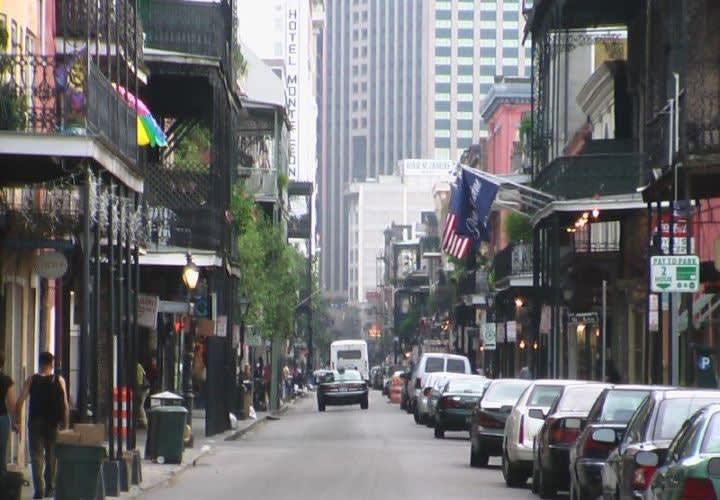World Net Daily on Sept. 17, reported that during the unrest armed gangs from as far away as Memphis, Dallas, and Miami had participated in the civil disturbances following Katrina. Col. David Hunt, a military analyst, was quoted from his appearance on FOX News' "The O'Reilly Factor" program on Sept. 16, saying "It was as bad as the early days in Baghdad." The gangs fought for turf in the deserted, flooded streets of the city for six days, terrorizing those left behind and looting shops, jewelry stores, museums, and banks.
The authorities' reaction to this was widespread and disarming: the confiscation of lawfully owned firearms from Katrina survivors by the military and law enforcement. There is a video circulating on the Internet of local police forcibly taking a gun, her only protection, from a little old lady survivor of Katrina.
If you live in one of the cities that accepted Katrina refugees, you know what followed. While most Katrina survivors were appreciative of their host communities and generally law abiding, the criminal element, mostly gangs, soon returned to their thug lifestyles. New Orleans gangs became involved in violent crime and murders, either as the suspects, victims, or both, in host cities like Houston, Sacramento, Oklahoma City, Atlanta and North Las Vegas.
In Houston, refugees began arriving on Sept. 1, and after 13,000 people filled the Astrodome, evacuees were funneled to other locations.
Eventually Houston would add an additional 150,000 Katrina refugees to its population of 4 million. Attracted to the same low income government housing that they left in New Orleans, many settled into apartment complexes in Houston's high crime southwest side.












